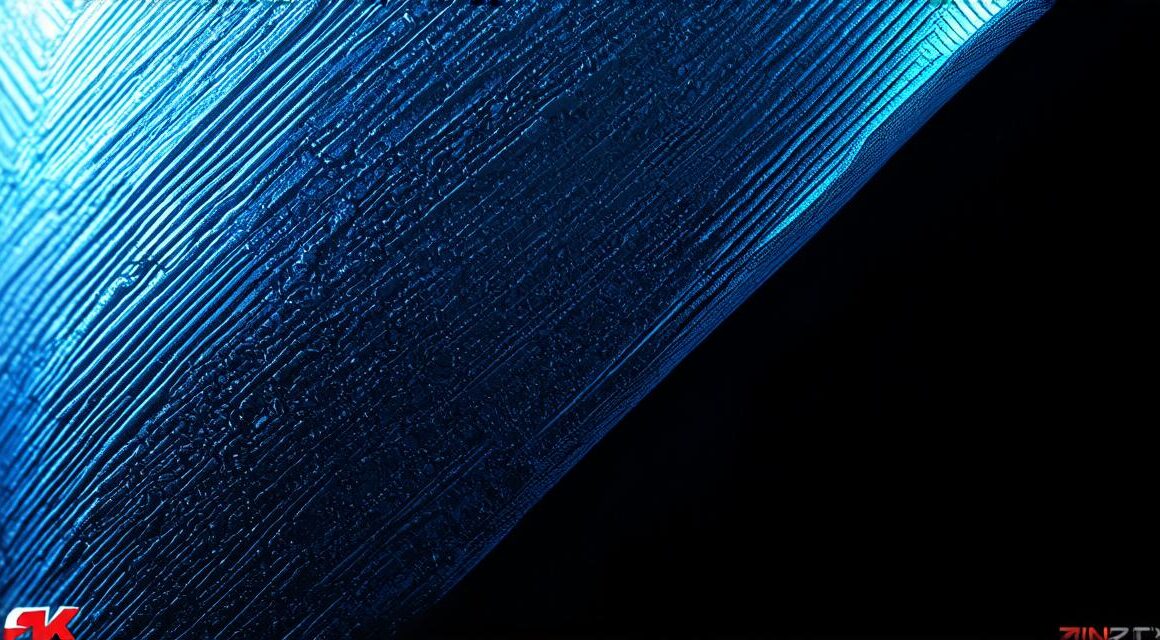Introduction:
Unity is one of the most popular game engines in the market, and with its vast library of assets and tools, it has become a go-to choice for game developers. However, creating 3D models that fit seamlessly into Unity games can be challenging, especially if you’re new to the process.
Setting up Your Work Environment:
Before you start creating your 3D models, it’s essential to have a solid understanding of the basics of both Blender and Unity. Blender is a powerful 3D modeling software, while Unity is a game engine that provides an environment for your 3D models to come alive.
Creating 3D Models in Blender:
Blender offers an extensive range of tools for creating 3D models, from basic geometric shapes like cubes and cylinders to more advanced features like subdivision surfaces and sculpting. To create a 3D model in Blender for use in Unity games, you can follow these general steps:
-
Choose the type of 3D model you want to create, such as a character, environment, or object. You can start with basic shapes like cubes and spheres or import pre-made models that you can modify.
-
Use Blender’s built-in tools to add details to your model, such as textures, materials, and lighting.
-
Once your model is complete, export it in FBX format and import it into Unity. You may need to adjust the scale or position of your model to ensure that it fits correctly within your Unity scene.
Optimizing Your Workflow:
To optimize your workflow when creating 3D models for Unity games, you can follow these tips:
-
Use Blender’s built-in tools to create modular designs that are easy to modify and reuse in different scenes or projects. For example, you can create a library of pre-made characters or environments that you can customize as needed.
-
Create multiple versions of your model at different scales or levels of detail to ensure that it works well in different environments and resolutions. This will help you avoid performance issues and ensure that your game runs smoothly on different devices.
-
Use Blender’s animation tools to create moving parts for your characters, such as arms, legs, and facial expressions. You can then import these animations into Unity and use them to bring your 3D models to life.
-
Experiment with different lighting and material settings in Blender to achieve the desired look and feel for your 3D model. This will help you create a cohesive and visually appealing game world.
Case Study: Creating a Character for a Unity Game using Blender
Let’s take a look at an example of how to create a character for a Unity game using Blender. In this case, we’ll be creating a simple humanoid character with a few basic features, such as a head, body, arms, and legs.
-
Open Blender and choose the “Add” menu, then select “Mesh” and “Cube.” This will create a basic cube that we can use as our starting point.
-
Use Blender’s sculpting tools to add details to our cube, such as a head and limbs. We can also add textures and materials to give our character a more realistic appearance.



